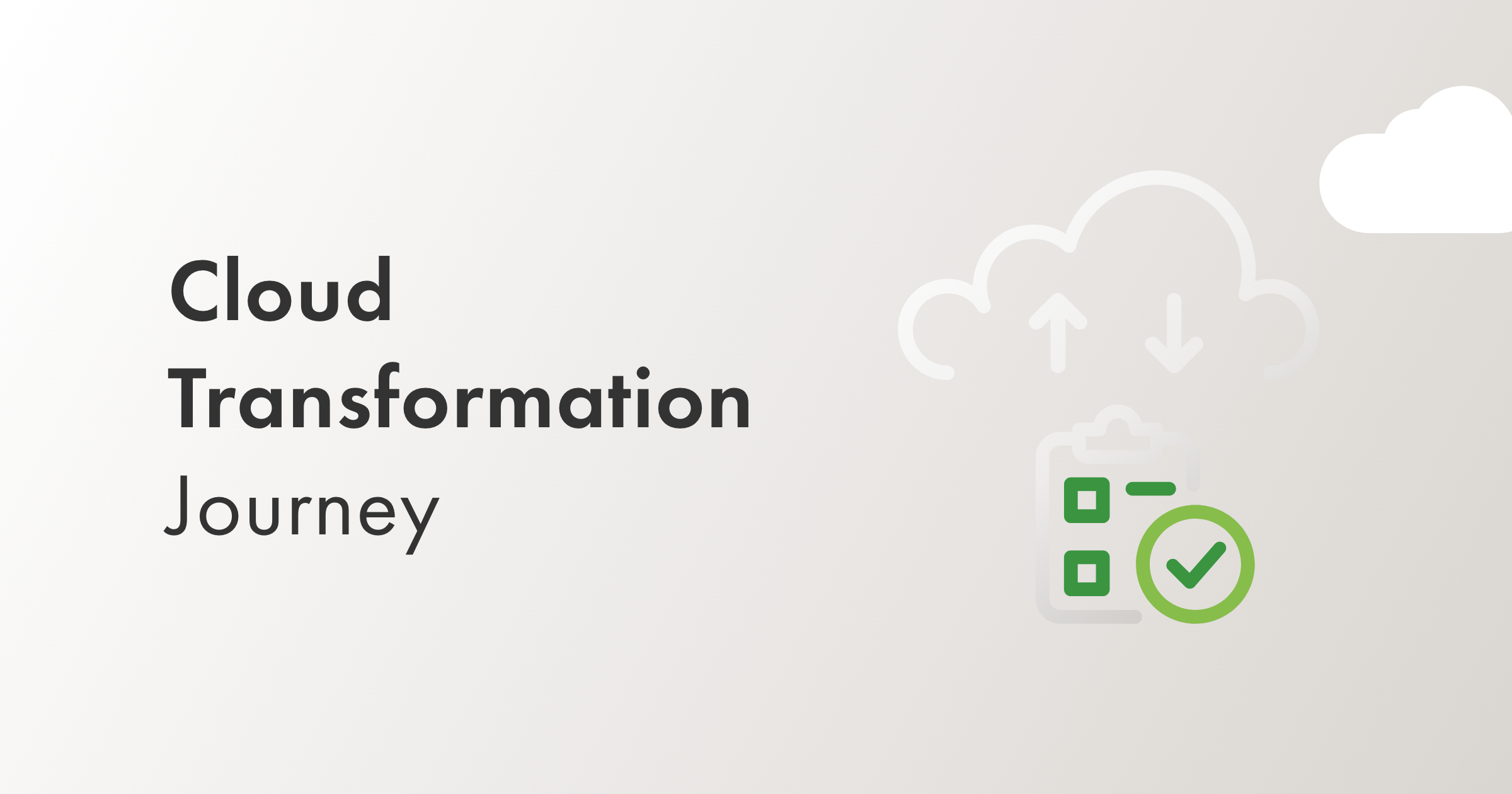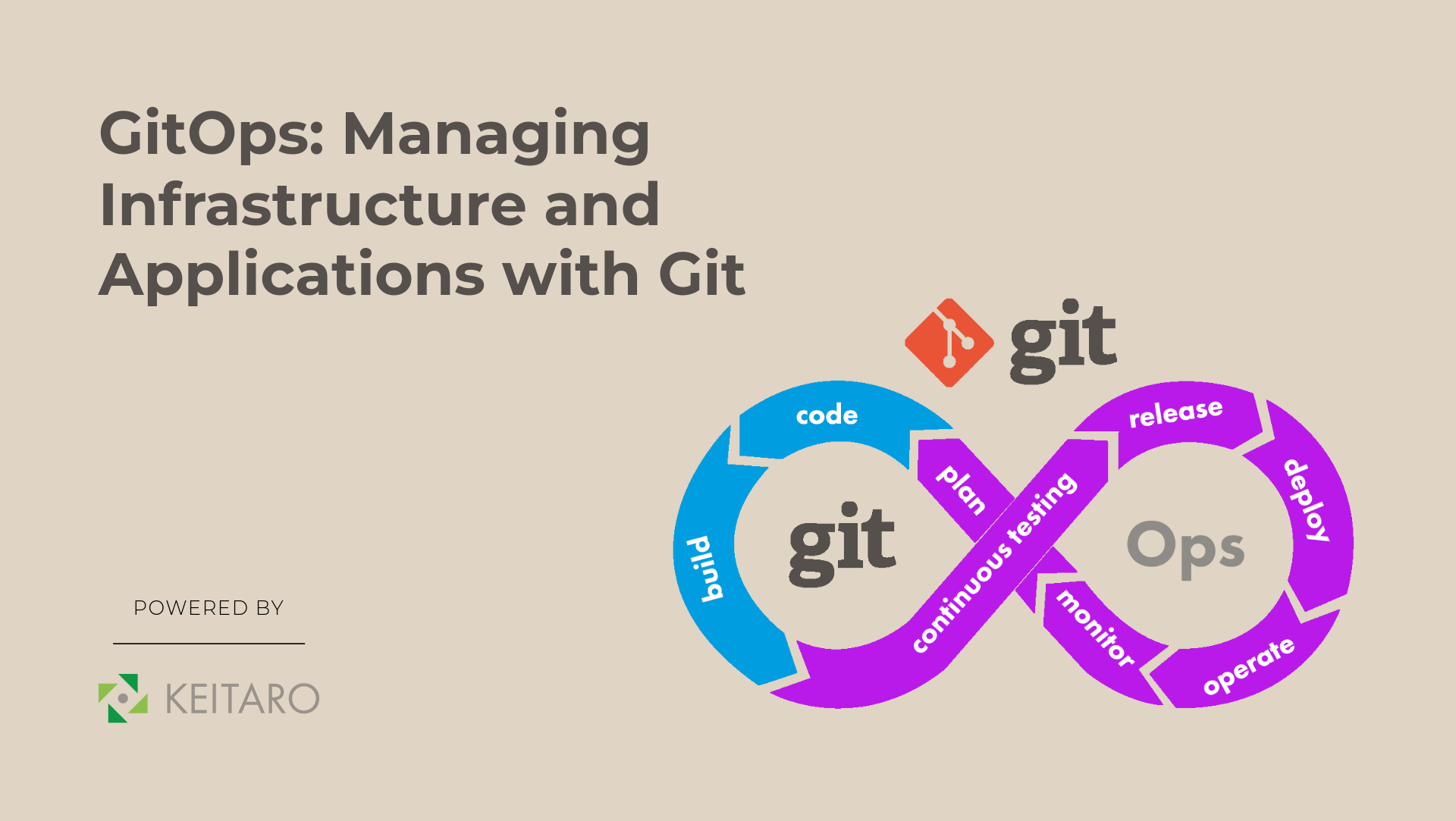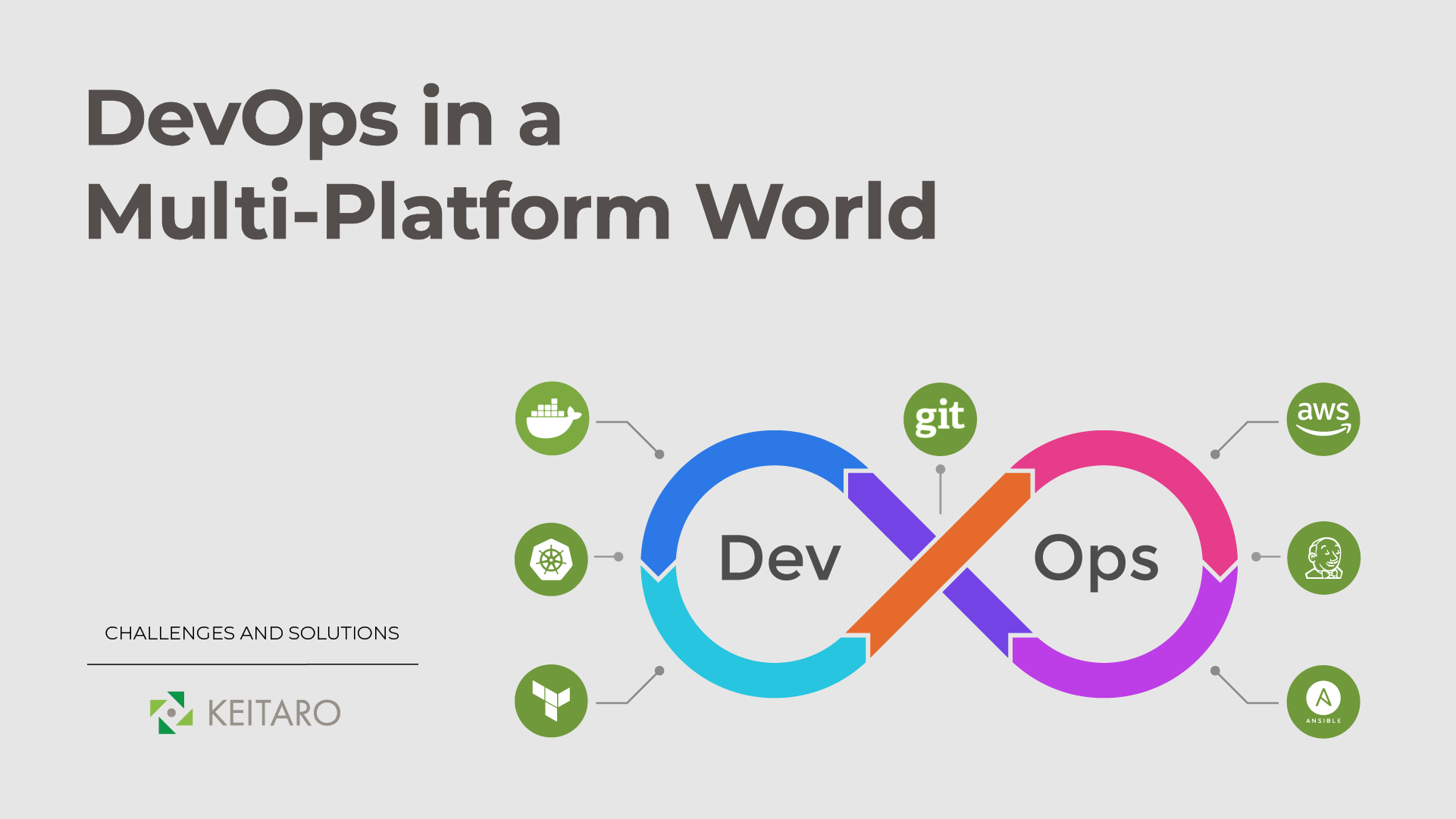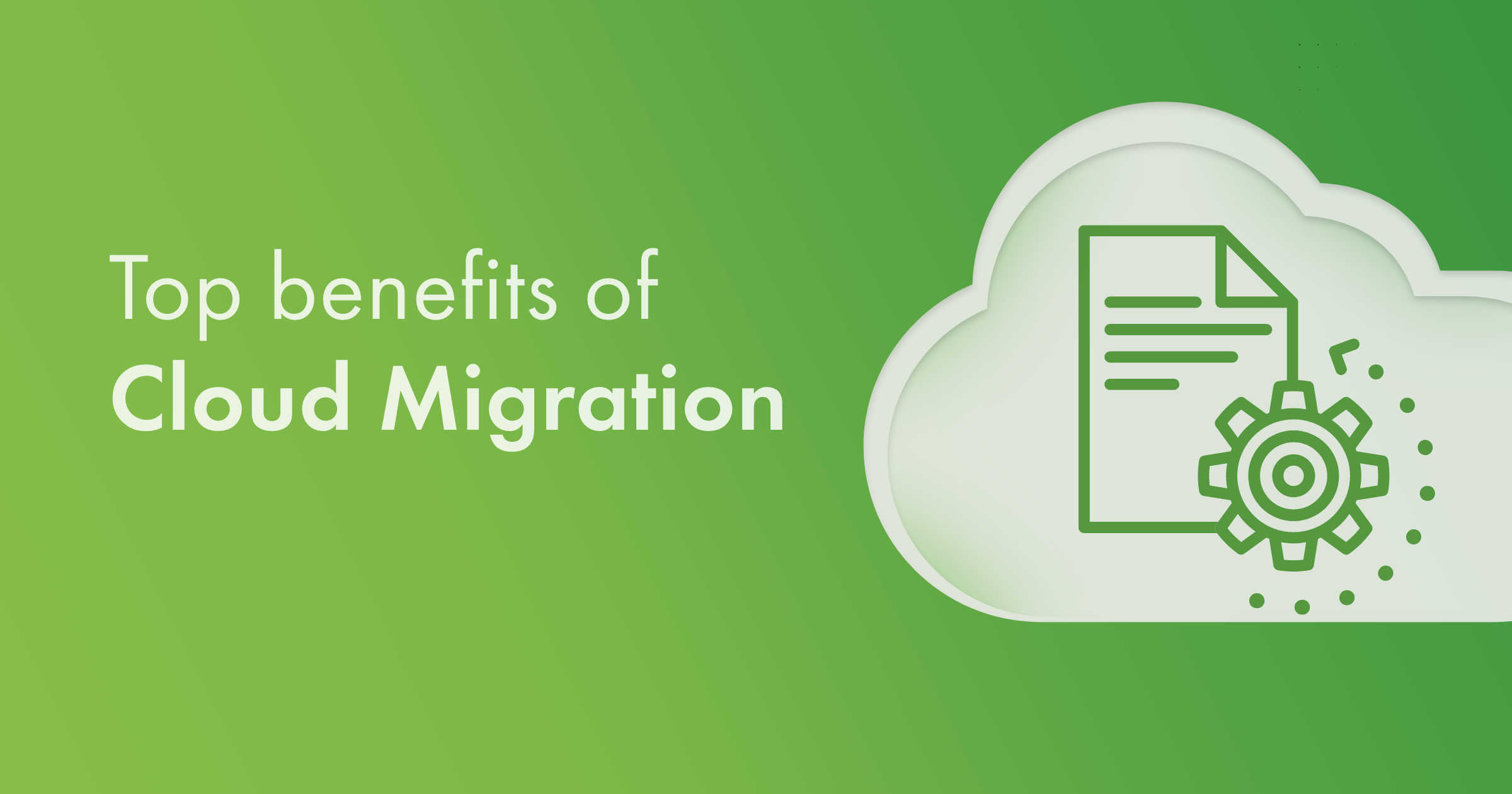There is no second thought on the benefits associated with cloud transformation. It is becoming mandatory for businesses rather than being a choice. Although cloud transformation presents promising benefits to an organization, the journey isn’t that straightforward. There are different prerequisites associated with cloud transformation that ensure a smooth journey with minimal business disruptions. In this blog, we will shed light on the cloud transformation journey with a focus on the main prerequisites associated with it.
Cloud Transformation Begins from Inside
Cloud transformation is a stage-by-stage process, but its roots begin from inside. Following are the initial steps associated with the cloud transformation journey:
Step 1. Evaluate your Business
Once you start planning, you must have a clear picture of what are the motivations or factors behind cloud transformation. For example, do you want to upgrade your business infrastructure, or merely want to save operational costs. Whatever the reasons are behind your motivation, it is best to properly evaluate your business, including the expenses associated with your current infrastructure and expected expenses once cloud transformation is implemented.
Step 2. Set up a Proper Cloud Strategy
Cloud strategy helps you set up a proper mechanism to migrate your applications to the cloud in a secure and smooth way. It first requires proper evaluation of your existing applications so that you can pick the right cloud transformation model. There are different tools available today that can help you do this evaluation, but you can also opt for a manual approach. But during the evaluation of your applications, make sure you are giving proper focus to the below factors:
- You must have a clear understanding of applications’ architectures, along with their dependencies on other applications or hardware.
- You must know how much each application is critical for your business operations. It will help you understand which ones should be running continuously and what impact they can cast in the case of any downtime.
- You must know the sensitivity level of your data. As data is going to be saved in the cloud, you must be very careful about securing your sensitive data. This involves setting up different security levels for different data types.
Once you have evaluated your applications, you are in a better place to set up a proper cloud strategy. In addition, you will have a clear view about which applications can be moved to the cloud in the beginning, while which one needs re-architecture or re-purchasing to comply with the cloud-native model.
Step 3. Define Cloud Architecture
Defining cloud architecture is like building a stadium before organizing a match.
It implies setting up architecture to configure a host environment where you are going to manage all the future cloud workloads. Depending on your business needs, key elements associated with cloud architecture include subscriptions, access control, monitoring, virtual networks, and similar others.
The Path of Innovation
A big number of organizations are moving their business operations to the cloud due to the promising path of innovation and business success.
Cloud is the future of business operations, which is self-evident from the COVID-19 pandemic. It frees organizations from the hassle of setting up and maintaining on-premises hardware/software and data centers. Cloud-driven organizations are in a better position to focus on the quality of their services/products rather than wasting time and money on on-premises infrastructure.
In a nutshell, cloud transformation should be the ultimate goal of organizations to join the path of innovation, agility, and business prosperity.



